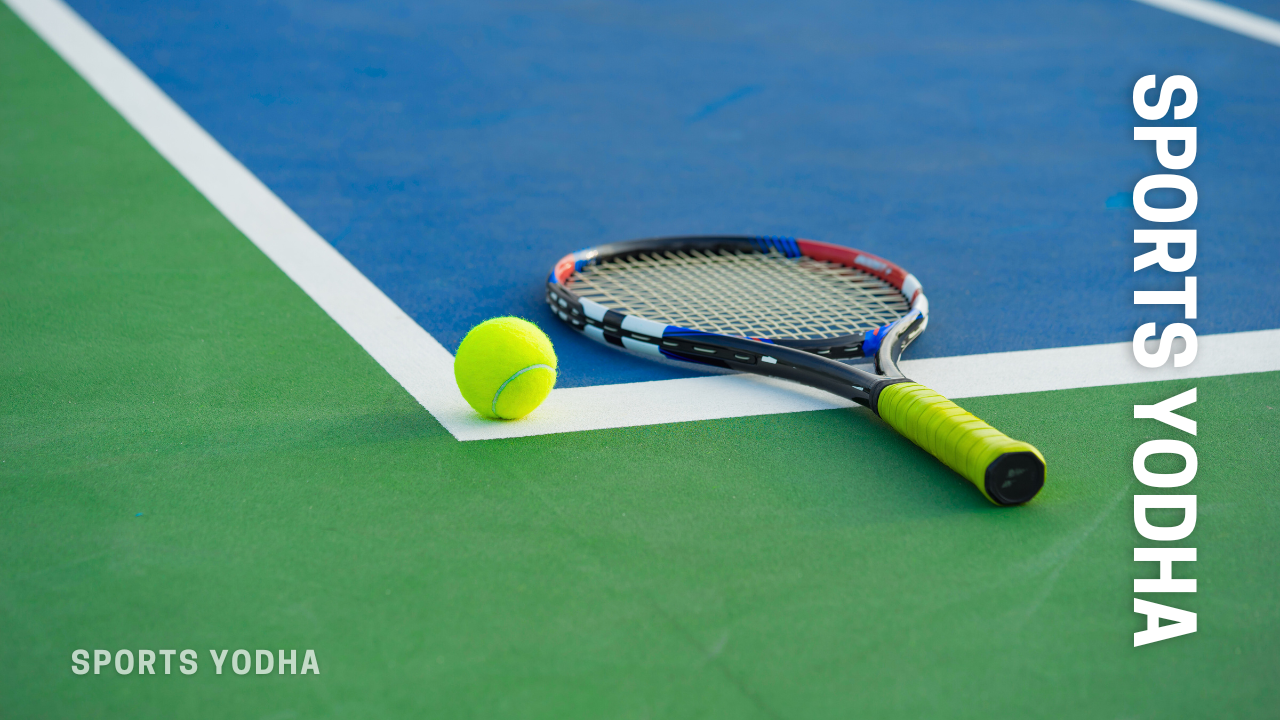How to Choose Flooring for a Tennis Court? Choosing the right flooring for a tennis court is essential to ensure optimal performance, safety and durability. The type of flooring you choose can significantly affect the playing experience, maintenance requirements and overall longevity of the court. This comprehensive guide will help you understand the various factors involved in choosing the ideal tennis court flooring, the types of materials available and the things you need to keep in mind.
Also, Are you looking for outdoor gym equipment manufacturers in India?
Factors to Consider When Choosing Tennis Court Flooring
1. Type of sport and use
The first factor to consider is the type of sport and use the court will see. Different types of courts are appropriate for different levels of play, from recreational to professional. Understanding your primary audience will help you choose the right flooring material.
- Recreational use: For community centers, schools, and residential areas, the focus should be on durability and low maintenance.
- Competitive use: For clubs and professional venues, the surface must meet specific performance standards and provide a consistent playing experience.
- Multi-use courts: If the court will be used for multiple sports, a versatile and durable surface is essential.
2. Indoor vs. Outdoor
The location of your tennis court will also influence your choice of flooring material. Indoor courts require a surface that provides good traction and shock absorption, while outdoor courts need to withstand weather conditions such as rain, UV rays and temperature fluctuations.
- Indoor courts: These often use materials such as hardwood or synthetic alternatives that offer good performance and aesthetics.
- Outdoor courts: Materials such as asphalt, concrete and synthetic surfaces are preferred for their durability and weather resistance.
3. Maintenance Requirements
Consider the maintenance requirements of different flooring materials. Some surfaces require more frequent maintenance to keep them in good condition, while others are more durable and easier to maintain.
- High Maintenance: Natural grass and clay courts require regular maintenance.
- Low Maintenance: Synthetic surfaces and hard courts generally require less frequent maintenance.
4. Budget
Your budget will play a key role in determining what type of flooring you can purchase. While some materials have a higher initial cost, they may provide better durability and lower maintenance costs over time.
- Initial cost: Take into account the cost of materials and installation.
- Long-term cost: Consider the expenses of maintenance, repairs, and resurfacing.
5. Safety and comfort
How the surface affects players’ physical well-being, including risk of injury and overall comfort during play.
- Shock absorption: Softer surfaces such as clay reduce the impact on joints and reduce the risk of injury, while hard courts provide less cushioning.
- Traction: Surfaces such as grass and synthetic turf provide better grip, reducing the risk of slips and falls.
